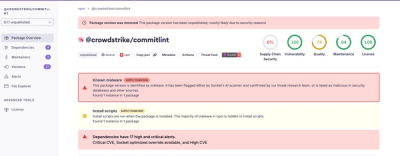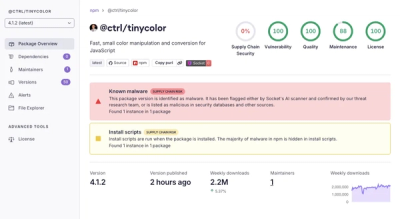




Data Visualization oriented components

Overview
A collection of react components to render common data visualization charts,
such as line/area/bar charts, heat maps, scatterplots, pie and donut charts, and tree maps.
Some notable features:
- Simplicity.
react-vis doesn't require any deep knowledge of data visualization libraries to start building your first visualizations.
- Flexibility.
react-vis provides a set of basic building blocks for different charts. For instance, separate X and Y axis components. This provides a high level of control of chart layout for applications that need it.
- Ease of use. The library provides a set of defaults which can be overriden by the custom user's settings.
- Integration with React.
react-vis supports the React's lifecycle and doesn't create unnecessary nodes.
Breaking changes
We recently made a major jump to version v1, which naturally includes some breaking changes. Specifically these include
Table is deprecated: There are other substantially better tables in the ecosystem, so we decided to stick to what we do best, charts and plots.
Stylesheet has been moved: the stylesheet for react-vis can now be found within the dist folder, so simply modify your style import to be:
@import './node_modules/react-vis/dist/main';
Default Opacity: The default opacity behavior has been modified. Previously, react-vis asserted you had a linear scale with range [0.1, 1] and place your value within that range. Now react-vis presents a literal-scale by default. Check your opacities to make sure they are correct.
tickSizeInner & tickSizeOuter have been reversed: the names of these props on the axes component have been switched. We feel this arrangement offers a more natural way to interact with the plot.
ALIGN.TOP_RIGHT was removed from hint.js: this case did not match the orientation scheme followed by this component so was removed.
Usage
Install react-vis via npm.
npm install react-vis --save
Include the built main CSS file in your HTML page or via SASS:
@import "./node_modules/react-vis/dist/style";
You can also select only the styles you want to use. This helps minimize the size of the outputted CSS. Here's an example of importing only the legends styles:
@import "./node_modules/react-vis/dist/styles/legends";
Import the necessary components from the library...
import {XYPlot, XAxis, YAxis, HorizontalGridLines, LineSeries} from 'react-vis';
… and add the following code to your render function:
<XYPlot
width={300}
height={300}>
<HorizontalGridLines />
<LineSeries
data={[
{x: 1, y: 10},
{x: 2, y: 5},
{x: 3, y: 15}
]}/>
<XAxis />
<YAxis />
</XYPlot>
More information
Take a look at the folder with examples or check out some docs:
- Common concepts:
- Components:
Development
To develop on this component, install the dependencies and then build and watch the static files:
npm install && npm run start
Once complete, you can view the component's example in your browser (will open automatically).
Any changes you make to the example code will run the compiler to build the files again.
To lint your code, run the tests, and create code coverage reports:
npm test








